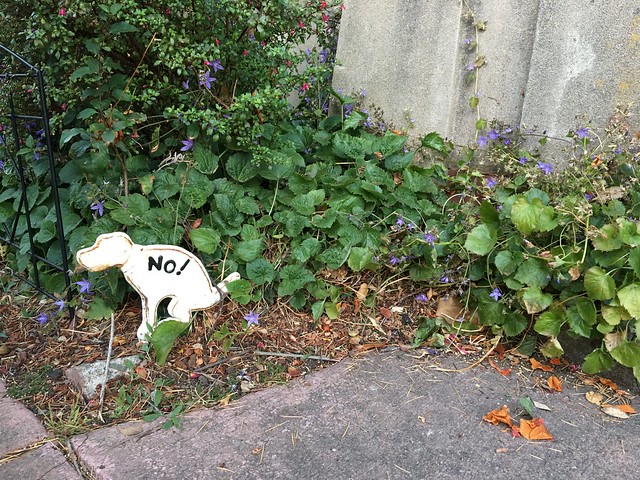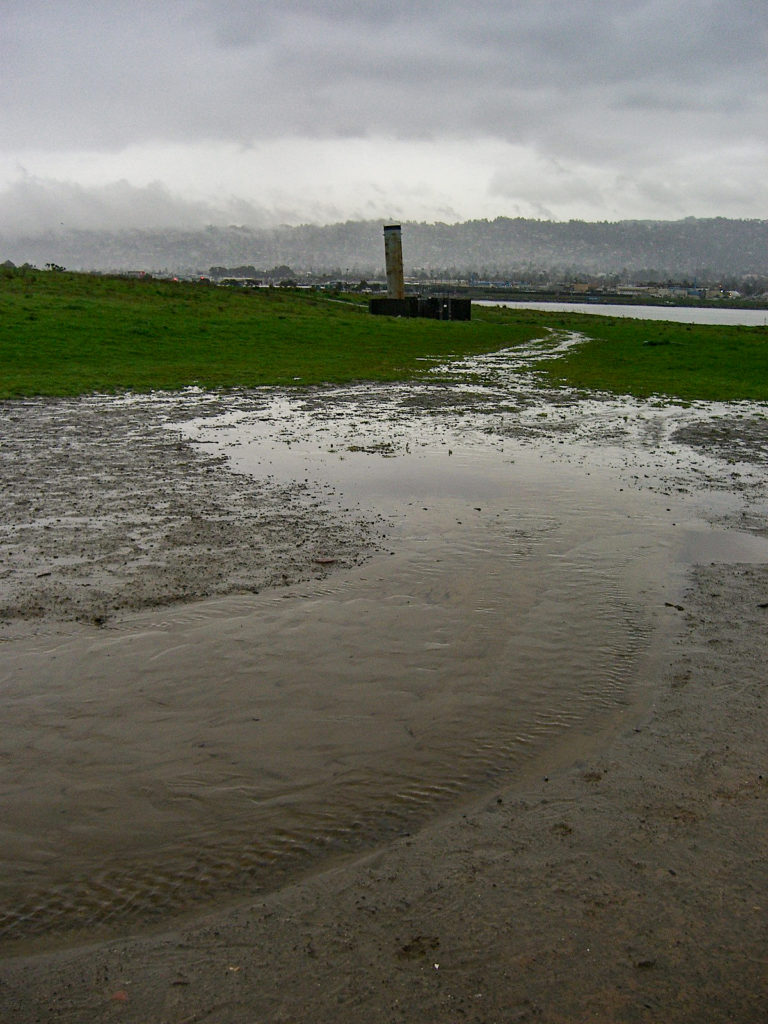We have a dog. No, wait: The Dog. We live in a town that has decreed that if your dog does what it’s going to do while you’re out on a walk–take a dump on the sidewalk, in the park, or on someone’s lawn–you’ve got to pick it up and dispose of it. I’ve got no problems with the law. Really, it’s only civilized to make sure you don’t leave a pile of crap where someone else is going to step in it or play in it and curse you and your kind for it. The only thing I wonder about on a practical level is whether we’ve figured out the right long-term regime for disposal. The method I see employed almost universally–picking up the crap using a plastic bag for a glove, then dumping the bagged crap in the garbage somewhere–means that there’s lots and lots of well-preserved canine excrement headed to landfills. Lest you think I’m overthinking the issue, here’s evidence from Ithaca, New York, and Toronto, Ontario, about ways people are trying to deal with it.
But that’s just one dimension of dog waste handling and disposal. There are dimensions that cross from the pragmatic to the social to the psychic that I wrestle with almost every time I’m out with The Dog. For instance?
A simple one: Say The Dog decides a certain lawn has the perfect balance of situation, smell, and texture that he decides to grace it with a deposit. Of course it’s no harder to pick up a dump from a private lawn that from a public lawn in the park But I always find myself thinking, “Is someone watching from inside? Are they upset at the sight of a dog profaning their personal greensward? Gee, I hope not. And here I am to pick it up!
Other sample poop-scooping thoughts:
Someone else approaches as I bend over to pick up a dump: “Oh, boy–I bet I look like a doofus. Picking up a dog shit. I’m subservient to a dog! I’m picking up its crap!”
I’m carrying a plastic bag with a dog crap in it and someone else walks by: “Oh, boy–I bet this looks cool. Carrying a dog crap.” (In point of fact, I met a neighbor once who saw me carrying such a bag. She asked how long I’d carry it before throwing it out. I think she was concerned about the sanitary aspects of the operation, which is something I don’t worry about much.)
I’m carrying a plastic bag with a dog crap in it and I pass a residential garbage can: Big dilemma. I really want to get rid of this. Should I dump it in here? Would the people mind? If they see me do it, will they come out and yell at me? If that sounds ridiculous, let me say I have seen one or two household garbage cans with signs on them saying something like, “Please, no dog poop.” I know why. It stinks after a day or two. In practice, what I do depends on where I happen to be. Since I’ve gotten to know where all the public garbage receptacles are, I’ll use one of those if I’m close by. If not, I might use a residential one or bring the thing home to throw it away. I’ve imagined having someone in full entitled, proprietary Berkeley dudgeon come out and challenge my use of their can. I’ve further imagined complying with a demand to remove any illicit leavings by emptying the entire contents on the sidewalk, removing my share, and walking away. Let us hope it never comes to that.






